Short Book Reviews
Hanna Kryszewska is a teacher, teacher trainer, trainer of trainers. She is a senior lecturer at the University of Gdańsk, Poland. She is co-author of resource books: Learner Based Teaching, OUP, Towards Teaching, Heinemann, The Standby Book, CUP, Language Activities for Teenagers, CUP, The Company Words Keep, DELTA Publishing, and a course book series for secondary schools: ForMat, Macmillan. She is also co-author of a video based teacher training course: Observing English Lessons. Hania is a Pilgrims trainer and editor of HLT Magazine. E-mail: hania.kryszewska@pilgrimsteachertraining.eu
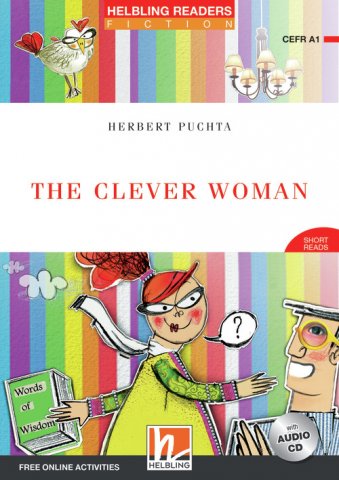
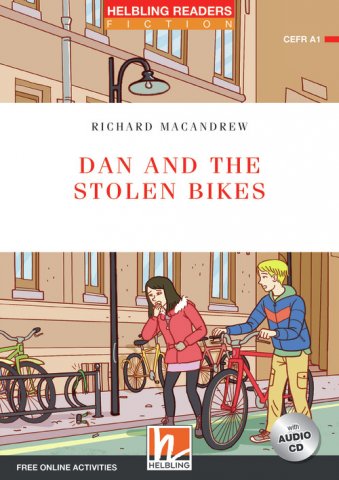
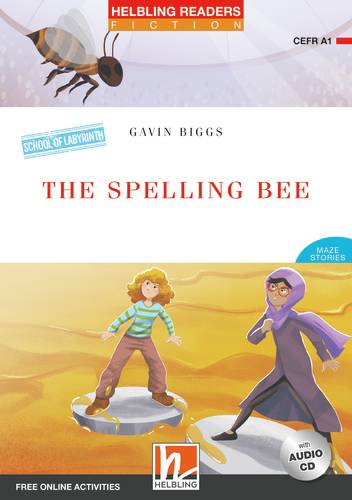
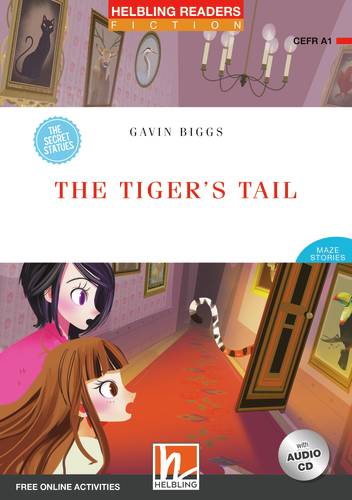
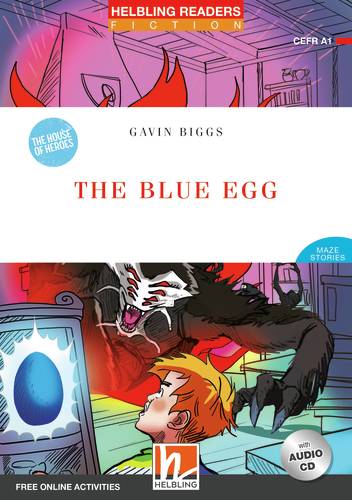
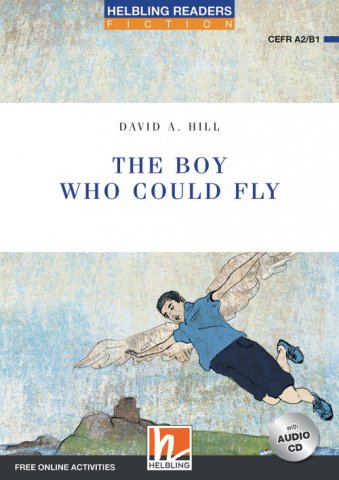
Helbling Readers Fiction. The Clever Woman. (A1) H. Puchta. (2021) Helbling Languages. ISBN-978-3-99089-412-5, pp 32. Dan and the Stolen Bikes. (A1) R. MacAndrew (2021) Helbling Languages. ISBN-978-3-99089-409-5, pp 68. The Spelling Bee (A1) G. Biggs. (2021) Helbling Languages. ISBN-978-3-99089-400-1, pp 84. The Tiger’s Tail. (A1) G. Biggs (2021) Helbling Languages. ISBN-978-3-99089-398-2, pp 84. The Blue Egg (A1) G. Biggs. (2021) Helbling Languages. ISBN-978-3-99089-399-9, pp 84. The Boy Who Could Fly. (A2/B2) D. A. Hill (2021) Helbling Languages. ISBN-978-3-99089-411-8, pp 91. Here come some more new Helbling readers in the Fiction series; this time most of them are at A1 level (according to the CEFR scale). Each story is a good read, pitched at the given level given by the publisher and has a message for the readers and promotes different values around the theme of travel. There is rest after work, looking for stolen property, taking part in competition and the role of a prize, visiting a strange place (the Golden zoo) and finding your way around and your bearings in a new place, magic journey, and finally, a story of a boy who has unique powers.travel in time, travel in space, and travel in time and space. As for the language input, the learners first become familiar with some lexis in the pre-reading tasks. Then as they read the story they can see the new words marked with a dot (and explained at the bottom of the page). They can also listen to the whole story and do some activities available on an accompanying audio CD. Finally, there are some additional after reading activities and other activities can be found at http://www.helbling-ezone.com/. The illustrations are pleasant to the eye and I am sure the new titles like the other ones in the series will be popular among young learners as additional reading material and extra language practice.
Independent Thinking on…
This is a new series presenting the voices of the Independent Thinking Associates. It is part of the movement’s way to rethink the aims and essence of education and the challenges it faces. The authors are among the most inspiring and erudite thinkers, educators and practitioners in the UK. The handy pocket size of the books makes them ideal for carrying around and reading whenever you have a free moment.
Transition. D. Harris. (2020) Independent Thinking Press. ISBN 978-178135340-0, pp 151. The author of the book has over twenty years of experience in school leadership as a school principal (both in primary and secondary schools). He had developed an innovative approach which resonates with school leaders all over the world. He mainly addresses an issue that he considers neglected and overlooked, namely transition from stage to stage, or from level to level in schooling. Transition is a difficult process in which very young learners and teenagers need to be assisted. In fact the author believes that there is a gap (which the author graphically and aptly calls a ‘chasm’) between each stage with no safe bridge, foot bridge, not even a gangplank or string bridge to aid our students in the process. There are different levels or aspects of this transition; it can refer to changing the environment in which education takes place, adapting to new sociogram, finding out about the ropes, as well as learning to learn, organising own learning and developing learner autonomy. The book falls into three sections: 1. a short history of the primary and secondary divide, and introduction the problems with transition, 2. ways to bridge the chasm in various areas and aspects of schooling, and, finally, 3 success factors. In the two appendices the readers will find ideas for joint integration and induction events. It is great that the social aspect in education have been addressed in such a skilful way. It is social constructivism in education at its best.
Teaching English to Pre-Primary Children. Sandie Mourão with G. Ellis. (2020) DELTA Publishing. ISBN-978-3-12-501399-5, pp 250. The book is a very good mix of theoretical underpinning and hands-on activities. The main message of the book is that pre-school children’s first encounter with learning a foreign language must be an enjoyable one. In other words kids need to fall in love with learning English, or even fall in love with learning languages in general. The book is a good way to reinforce the readers’ good practices and to make them reflect on some, and possibly review them. The book like all other resource books in the DELTA Teacher Development Series falls into three parts. Part A focuses on the pre-primary language learner and the related theories of learning, cognition, developmental psychology. It also looks at some practical areas like using L1 (the mother tongue) and involving the parents in the learning process. Part B presents a wealth of practical ideas groups around the following subjects: discipline, songs, chants and rhyme, games, stories, literacy CLIL through technology, numeracy, visual arts, and finally the skills of learning to learn. Part C looks at 10 pedagogical principles among others viewing children as active learners with agency, using the mother tongue to learn a foreign language, the need for holistic development, a meaningful learning environment which fosters experimenting, and many other. You can read an extract of the book here.
You can also enjoy and download a wide range of activities from this site.
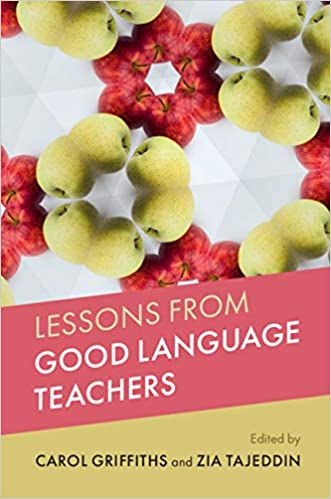
Lessons from Good Language Teachers. C. Griffiths and Z. Tajeddin. (2020) Cambridge University Press. ISBN 978-1-208-70221-8, pp 318. This book is a collection of over 20 voices on what makes a good teacher in general, and a humanistic teacher in particular. It is a follow up to Lessons from Good Language Learners (2008); the two books complement each other and address issues related to language education from two different perspectives. While Lessons from Good Language Learners looks at effective language learners’ strategies including age, culture, aptitude and personal qualities, Lessons from Good Language Teachers looks at key areas that are the making of a good teacher. The authors highlight personal skills, ability to meet the expectations of learners, professional knowledge and, finally, skills to make learning happen. In Lessons from Good Language Learners Carol Griffiths showed her talent for finding contributing authors who are well established names in their fields of education and have a lot to share with the readers. The same applies to the new book on teachers in which the editors have collected voices of experts. In the first section of the book you can read about the so called macro perspectives such as identity, intercultural awareness, reflection and autonomy. The section on classroom perspectives revolves around methodology, classroom management, addressing learner differences, assessment and feedback, relationships and building rapport. The third section is devoted to what the authors call instructional perspectives such as elements of pragmatics, teaching language systems and language skills. The two last chapters sum up good teaching (practices from the past, present and propose practices for the future), and look at what good teachers know as well as what good teachers need to know. The book may be a good dip-in book, and I believe you could read it in any order. This collection of texts is suitable as background reading for any projects involving continuous professional development and as a springboard for reflection; they can be used for mentoring projects or for self-study.
Please check the Methodology and Language for Primary course at Pilgrims website.
Please check the Methodology & Language for Secondary course at Pilgrims website.
Please check the How to Motivate Your Students course at Pilgrims website.
Please check the The Art and Skills of the Humanistic Teacher Trainer course at Pilgrims website
Humans in the Classroom by Haili Hughes
News from Pavilion
Short Book Reviews
Hanna Kryszewska, PolandTalking to Learn Learning to Talk by Margit Szesztay, reviewed by Sharon Hartle, Italy
The Tune Into English
Fergal Kavanagh, Italy